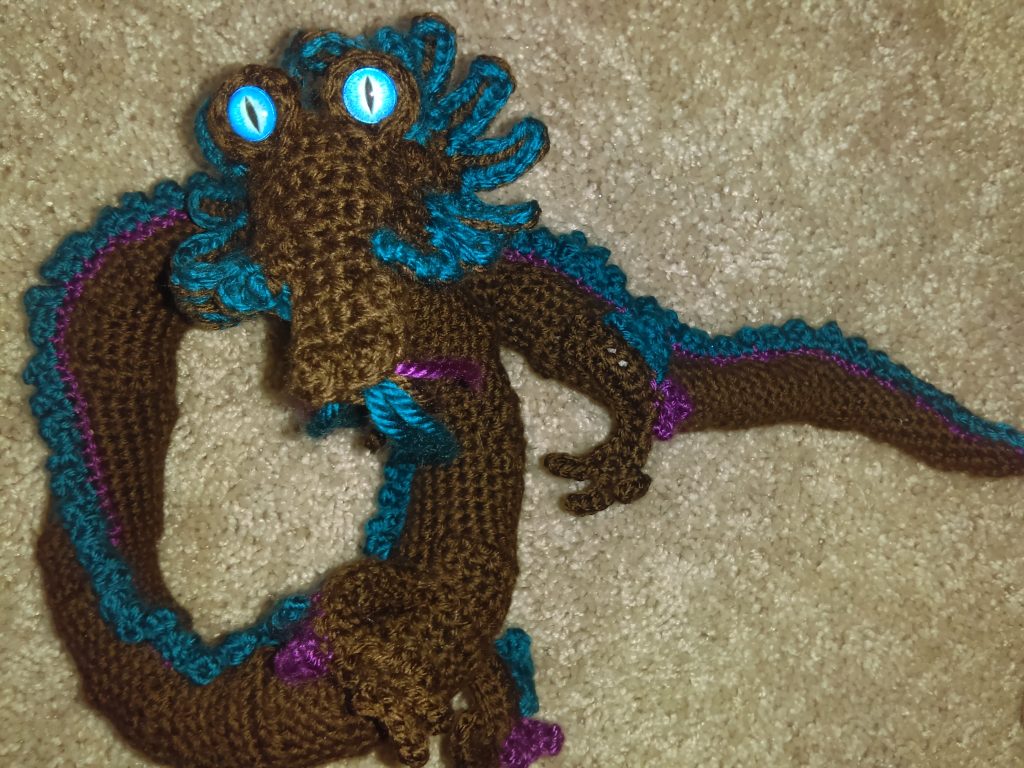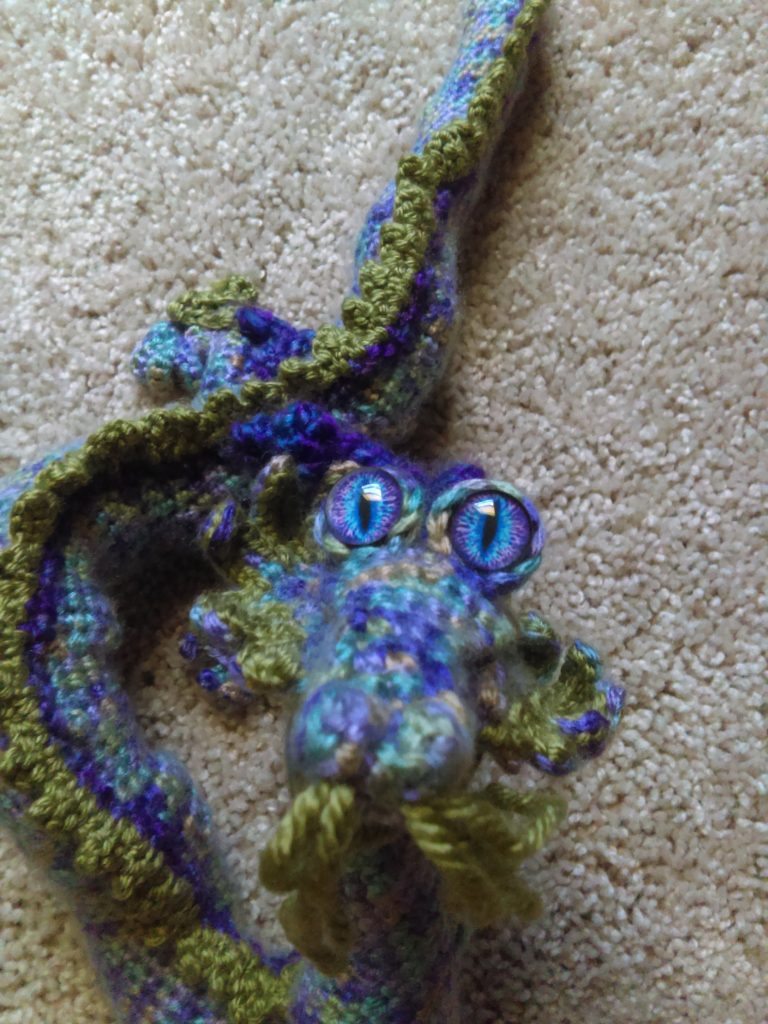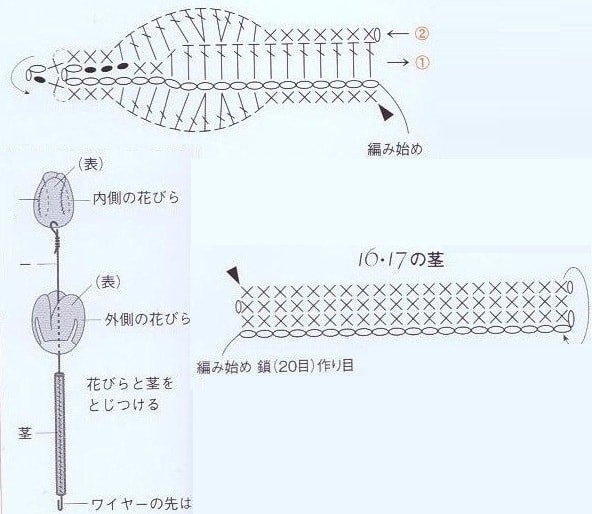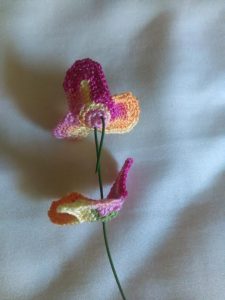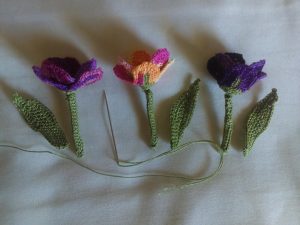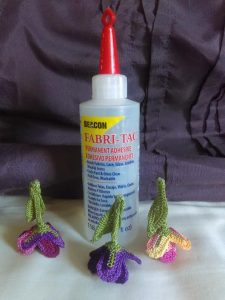Amigurumi is a Japanese art involving crocheted or knitted stuffed toys. The craft has been around for many years in Japan, and only started to become popular in the West around the 2000s. Now, it is still very popular because there are thousands of patterns and creations available, and the numbers keep growing. I first learned of amigurumi in 2012 when I started getting back into crochet. Since then, I have made a few creations. Many of them I have given away to friends and family. There is nothing quite like making a gift for a loved one that comes from the heart and is customized. Whether you make amigurumi for yourself or others, it is a very rewarding hobby.

While being a rewarding hobby, amigurumi is also a challenging one. I do not like sewing parts together because it is tedious to me, but it has to be done in this craft. So, I finally sucked it up and decided to make a cute cat. I found a great pattern and tweaked it to suit my tastes. There are so many different ways to detail a stuffed toy and truly make it your own. It took me a while to lose the timidness that came when I thought of changing a pattern. After gaining more needlework skills, it has become fun to change it up instead of scary.

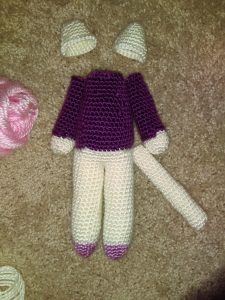

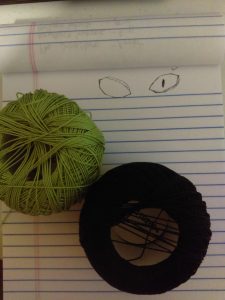
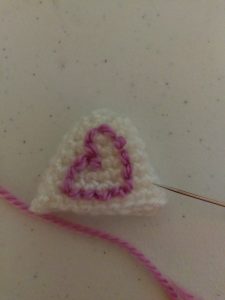
For the eyes, I made my own pattern because I think they should be green. I used Lizbeth yarn size #20 for the irises and pupils. After I finished crocheting, I folded the ends of the eye parts towards the back and glued them. I then glued the eyes to the head using Fabri-Tac.
Amigurumi Kitty Eyes Pattern
Make two irises and two pupils
To make the irises, use a size #8 crochet hook, ch. 11, turn
sl. st. in 2nd ch. from hook, sc in next ch., hdc in next ch., dc in next 2 ch. (one in each ch.), trc in next ch., dc in next 2 ch., sc in next 2 ch., turn
sl. st. in next 2 st., sc in next st., hdc in next 2 st., dc in next st., sc in next st., sl. st. in next 2 st., finish and cut yarn.
To make the pupils, use the same hook, ch. 4, trc in first ch., finish and cut yarn.
After finishing the eyes, I decided to add some hearts to her ears by embroidering them. Since I’ve been looking at lots of crochet edgings lately, I thought it would be nice to change the skirt of the dress from the original pattern. It was a lot of fun making this kitty!

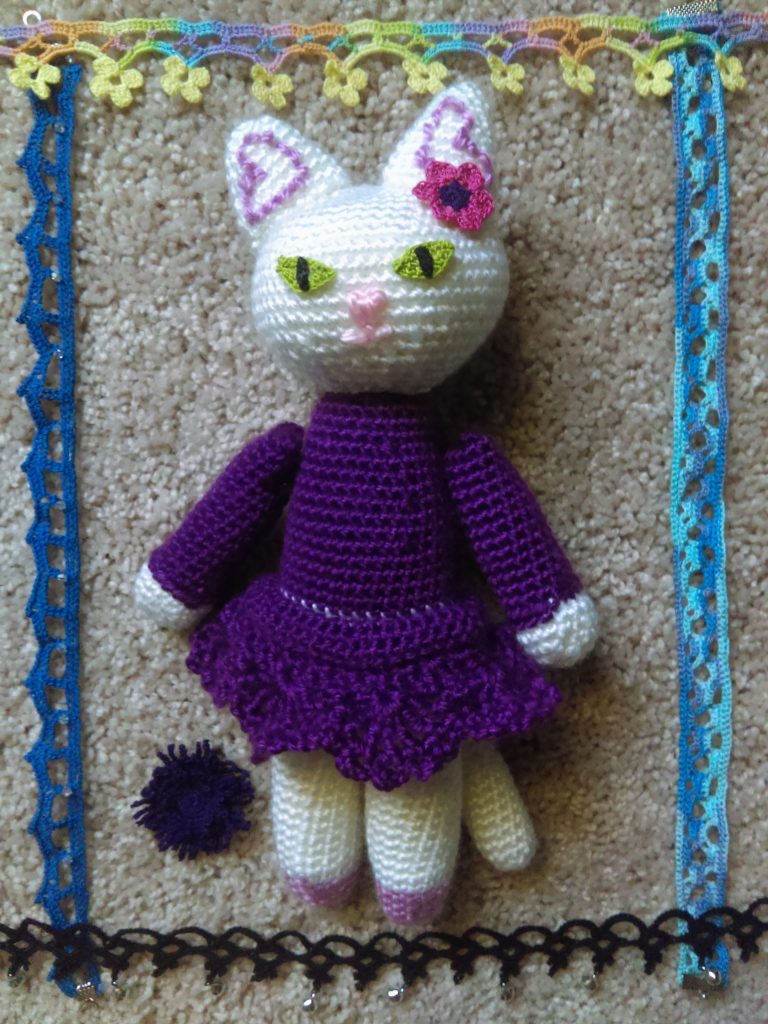
Amigurumi Oriental Dragons
When I first made an account on Ravelry, I found the most awesome oriental dragon pattern. Gail Hovanec came up with it. It wasn’t free, but it was well worth the price. It takes some intermediate knowledge of crochet to complete, as well as a great deal of patience. There are so many different parts to sew on correctly. Finding the eyes was a lot of fun though.
